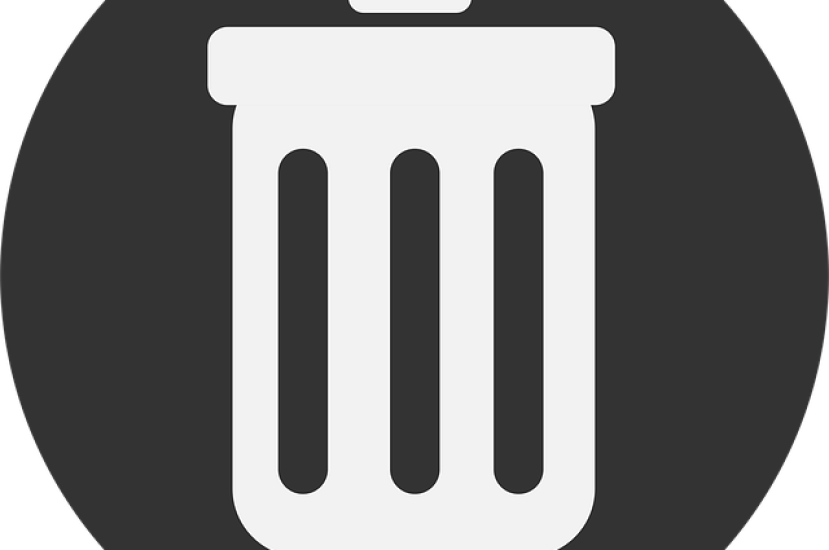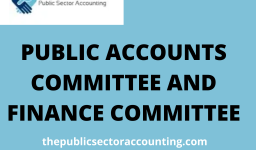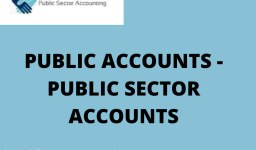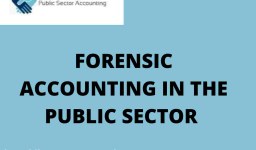Dear Readers, you are welcome to the the public sector accounting guide. In this public sector accounting guides we are going to do a discussion on the process to follow in disposing off public assets and the approaches for managing the stores of public entities.
Summary of Contents
DISPOSAL OF PUBLIC ASSETS AND PUBLIC SECTOR STORES MANAGEMENT
Items that are bought by the public are owned by a public sector entity. These items will continue to be owned by the procurement entity until fully used or disposed.
The process of disposal could lead to losses being borne by the state if not managed properly, just like the acquisition process.
Read Also: AUDIT SERVICE AND AUDITOR GENERAL’S REPORT
Likewise, when acquired goods are not properly managed it could lead to loses to the procurement entity. As a result, in this last session, we shall look at the process of disposing off assets and managing the stores of the public sector.
Objectives
By the end of this session, you should be able to:
- explain the disposal process for public assets.
- discuss the various approaches to public sector stores management.
Now read on…
6.1 Disposal of Public Assets
Disposal is the process of derecognizing the value of an asset and the asset from the records of the entity.
Disposal is a natural consequence of acquisition of fixed asset because of the passage of time, exhausting the use of an asset, wear and tear and obsolescence.
In Ghana, disposal of stores, vehicles, plant and equipment can be done when the item is considered unserviceable, obsolete and surplus to need.
The procurement Act gives guidelines on how stores, vehicles, plant and equipment should be disposed of by following the right procedure.
6.2 Some Relevant Definitions
Unserviceable: any item of stores, plant and equipment which cannot be used for the intended purpose in its present condition due to major defects or damage, and is beyond economic repair.
Classification as beyond economic repair for this purpose shall be determined on the basis that repair costs are certified to cost more than fifty percent (50%) of the current market price of anew replacement item.
Obsolete: any item of stores plant and equipment which is rendered incapable of further effective use by developments in technology, incompatibility with associated items, or where the annual maintenance and breakdown costs can be certified to exceed thirty percent (30%) of the estimated cost of a new replacement item.
Surplus: any stores item which has not moved for a period in excess of two years, or any item of plant or equipment which has remained unused for a period in excess of one year, and where no potential use for the item can be envisaged within the Entity.
6.3 Process of Disposal of Stores, Vehicles, Plant and Equipment
- Head of the procurement entity convenes a Board of Survey. According to the Act, the authority to dispose off an asset is vested in the board of survey (BOS). BOS shall be made up of representatives of departments with vehicles, unserviceable, obsolete or surplus stores, plant and equipment
- BOS shall report on the items and subject to a technical report on them, recommend the best method of disposal after the officer in charge has completed a BOS form.
- The head of the procurement entity shall approve BOS’s recommendations.
6.4 Disposal Methods
The Act states that disposal of obsolete and surplus items shall be by transfer to government departments or other public entities, with or without financial adjustment; sale by public tender to the highest tenderer, subject to reserve price; sale by public auction; subject to a reserve price; or destruction, dumping, or buying as appropriate.
Find Out Also: CORPORATE GOVERNANCE PRINCIPLES FOR PUBLIC SECTOR ENTITIES
Transfer to Government departments or other public entities: Transfer to Government departments or other public entities is applicable where:
- an asset can be usefully deployed by another Procurement Entity;
- agreement is reached with the recipient Entity on price (if any), formal transfer of ownership, and removal from the premises.
Sale by public tender: Sale by public tender is applicable where:
- the estimated value of the asset, or group of assets packaged together, is of sufficient value to justify the costs of conducting a public tender;
- a number of separate lots of lower estimated value assets may be included in a single public tender; or
- for reasons of transparency a formal public tender is required to dispose of assets provided directly by a donor purchased with donor funds.
Public Auction: Disposal by public auction is applicable where:
(a) items or lots have an individual estimated sale value of less than Cedis 5million; and (b) sufficient items or lots can be assembled for disposal to justify the costs of conducting the auction process.
Destruction, Dumping or Burying: Destruction, dumping or burying shall only be used where:
- the asset has no residual value and cannot be transferred to any other entity; 6
- the asset cannot be converted into any other form which subsequently gives it value; and
- approval has been obtained from the appropriate environmental agency.
6.5 Public Sector Stores Management
Public sector stores management is the process of planning, organizing, coordinating and controlling the activities of a public procurement entity that are related to the inventories of the entity.
6.6 Importance of Public Sector Stores Management
- Ensure economy in the acquisition and management of inventory by using economic order quantity principles that ensure that ordering and carrying costs are at their barest minimum.
- Avoid shortage of inventory and its associated cost. iii. Avoid overstocking and its associated cost. iv. Ensure that the right caliber of personnel are recruited and trained for the job.
- Offer protection for the items brought into stores.
- Ensue that the right processes are followed in disposing off public assets.
6.7 Inventory/Store Management Techniques/Tools
The techniques for managing public sector stores were extensively covered when you were doing cost accounting. These include using economic order quantity, re-order level, minimum stock levels, maximum stock levels, danger levels and average level principles. You are advised to revise these techniques as well as first-in-first-out and weighted average principles.
In this session, we have learnt about the process for disposing off public assets, the various methods for disposing off certain classes of
assets and how to manage inventory and stores of the public sector. Ensure that you understand these principles and you have revised those that you needed to revise.
Session summary
In this public sector accounting guide, we have looked at the process of disposing of public assets and approaches for managing the stores of public entities.
The procurement act gives guidelines on how stores, vehicles, plants and equipment should be disposed of by following the right procedure. In Ghana, disposal can be done when an item is considered unserviceable, obsolete, or surplus to requirements.
The authority to dispose of an asset is vested in the board of survey (BOS). The BOS shall be made up of representatives from departments with vehicles, unserviceable, obsolete or surplus stores, plants, and equipment. Disposal of obsolete and surplus items may be by transfer to government departments or other public entities.
Public sector store management is the process of planning, organizing, coordinating, and controlling the activities of a public procurement entity.
In this session, we have learnt about the process for disposing of public assets and how to manage inventory and stores for the public sector. Cost accounting extensively covered the techniques for managing public sector stores.
Self-Assessment Questions
Exercise 5.6
- Distinguish among unserviceable, obsolete and surplus public sector assets.
- Outline the procedures for disposing off public stores vehicles, property, plant and equipment.
- State and explain the methods for disposing off obsolete and surplus items.
- Define public sector stores management.
- Explain the importance of managing public sector stores.





Leave a comment